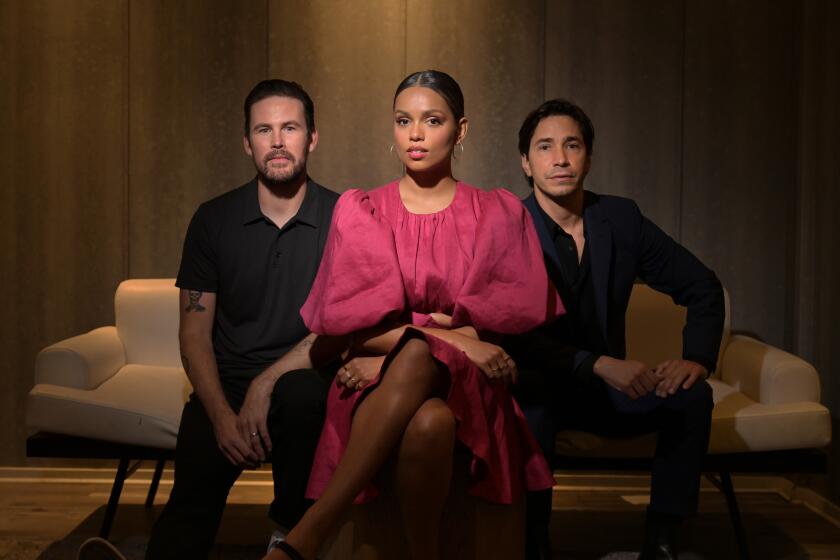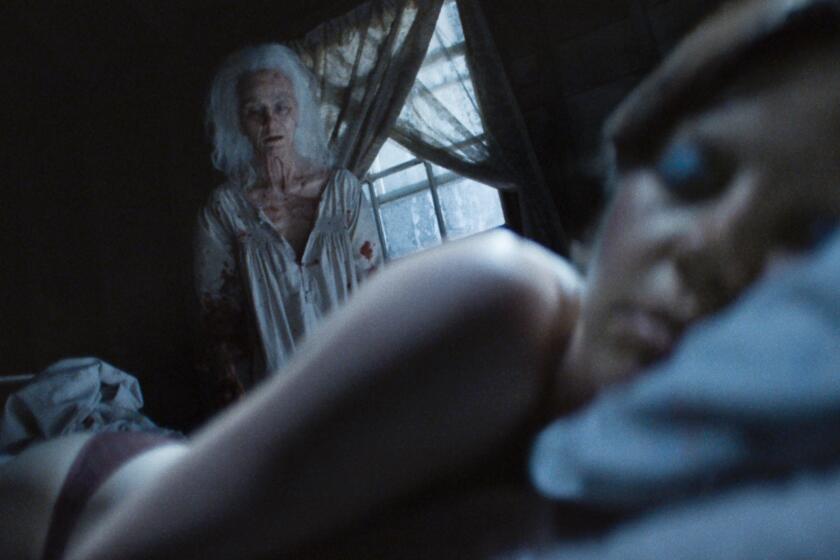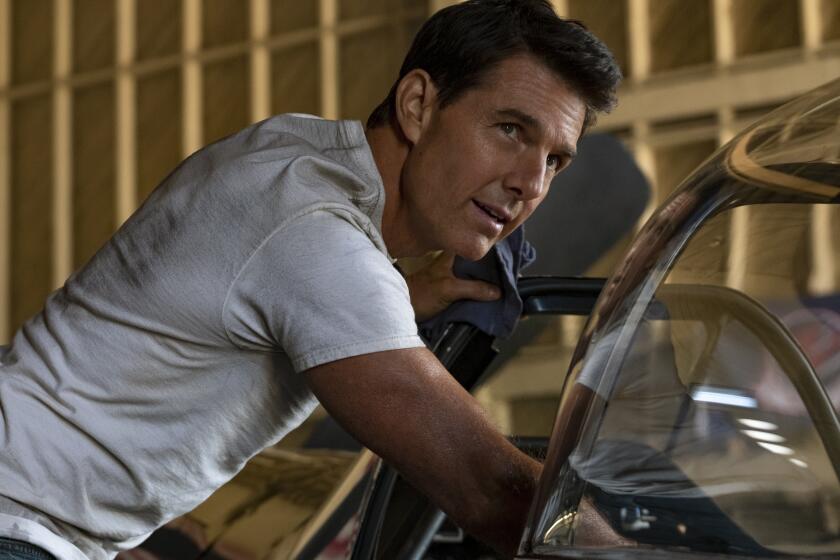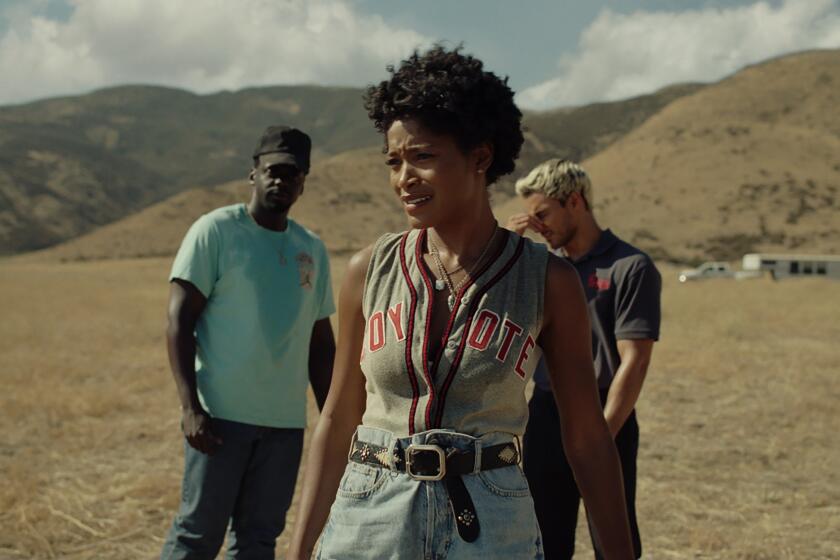How horror became Hollywood’s safe bet in a scary box office climate
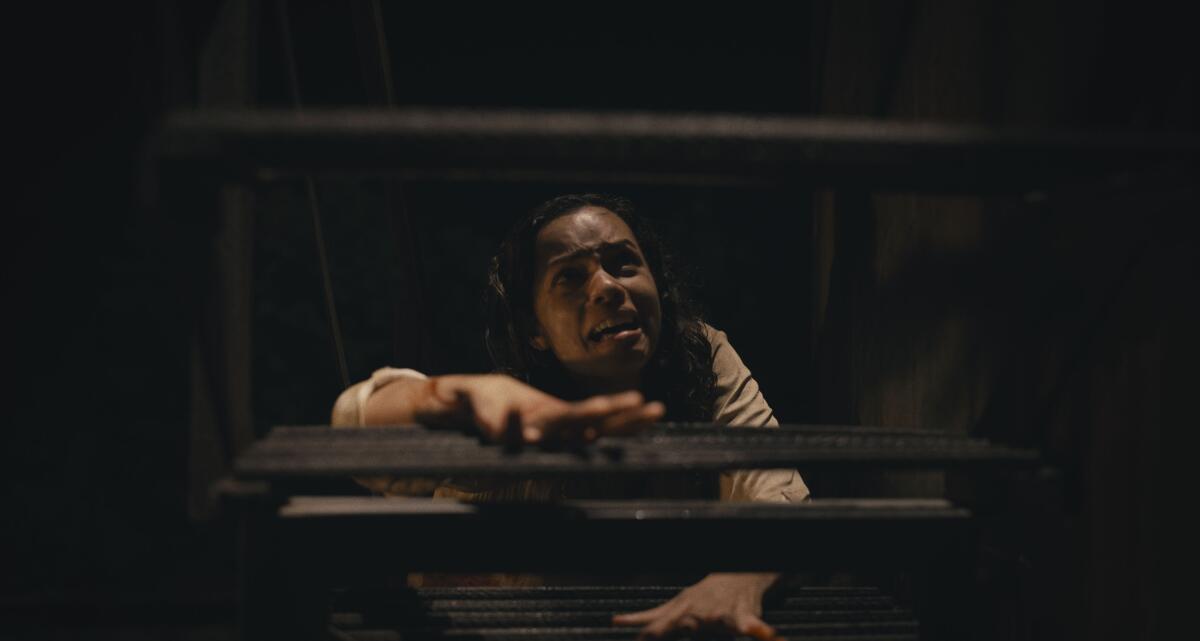
- Share via
Zach Cregger’s movie “Barbarian” already had to be brought back from the dead once — by film company New Regency after its financing fell apart before the start of production.
So the actor-turned-director was categorically not expecting a theatrical release for his twisted horror film when he finished shooting it in Bulgaria. But unbeknownst to him, executives from Walt Disney Co., which releases New Regency films, had seen “Barbarian” at an early audience screening in Long Beach and thought it was right for the big screen.
The $4.5-million movie, about a young woman who finds herself double-booked with a strange man at a rental home, ended up opening at No. 1 at the box office and eventually grossing more than $40 million in ticket sales.
“I thought, best case scenario, I could get it on some streaming platform that’ll get enough eyeballs on it so that somebody will let me make another movie in the future,” Cregger said. “So the idea that it’s had this incredible life as a theatrical movie ... I honestly did not dare to dream anything like that.”
Inside the business of entertainment
The Wide Shot brings you news, analysis and insights on everything from streaming wars to production — and what it all means for the future.
You may occasionally receive promotional content from the Los Angeles Times.
The film is another prime example of the horror genre’s stellar run of success this year, and why some see it as a rare bulwark against the takeover of Hollywood by superhero films and other tentpole action movies.
Yes, horror has long enjoyed a loyal audience. But 2022 has proved an especially strong year commercially for chilling flicks, producing hits including Universal Pictures’ and Blumhouse’s “The Black Phone,” directed by Scott Derrickson ($160 million in global box office sales); “Nope,” from Jordan Peele ($171 million); and Paramount Pictures’ “Scream” ($140 million).
The creator and stars of ‘Barbarian’ discuss one of the scariest movies of the year.
More recently, “Smile,” which was planned as a straight-to-streaming release until Paramount saw test audiences’ reaction, spent two weekends at No. 1 in the U.S. and Canada and has collected $186 million worldwide so far. Even “Halloween Ends,” the poorly reviewed third installment in the latest Michael Myers reboot series, has grossed $94.7 million worldwide on a $33-million production budget, and that was while it was also streaming on Peacock.
A24’s heady brand of horror also contributed to the momentum, with Ti West’s “X,” its sequel “Pearl” and the Gen Z satire “Bodies Bodies Bodies,” all of which earned critical acclaim while doing solid business relative to many other indie films.
Over Halloween weekend, Lionsgate’s PG-13-rated “Prey for the Devil” opened at No. 3 at the domestic box office with $7 million in ticket sales. The indie horror feature “Terrifier 2” stayed strong, landing at No. 8 in its fourth weekend with $1.8 million for a total of $7.6 million so far.
‘Pearl,’ starring Mia Goth, was filmed in secret in part because of COVID-19 restrictions
The hot streak of high-quality and profitable scary movies has made audiences and studios take notice, especially as rom-coms, R-rated comedies, dramas and original action films — “Easter Sunday,” “Bros,” “Ambulance,” all duds — struggle to convince moviegoers that they must be seen on a big screen, especially without A-list movie stars. That’s a shift that was happening well before the coronavirus outbreaks and was accelerated by the shutdowns. Horror has been a rare safe bet for studios as box office overall has struggled to recover from the pandemic.
C. Robert Cargill, who co-wrote the screenplay for “The Black Phone” based on a Joe Hill short story, credits a confluence of factors that have been building for the last decade: greater mainstream acceptance of horror, Latinos’ embrace of the genre, critical recognition of movies like “The Witch” and “It Follows” and the blockbuster success of movies such as Warner Bros.’ “It.” All of that came to a head during the pandemic, when it was simply easier to make smaller scale horror films than other genres.
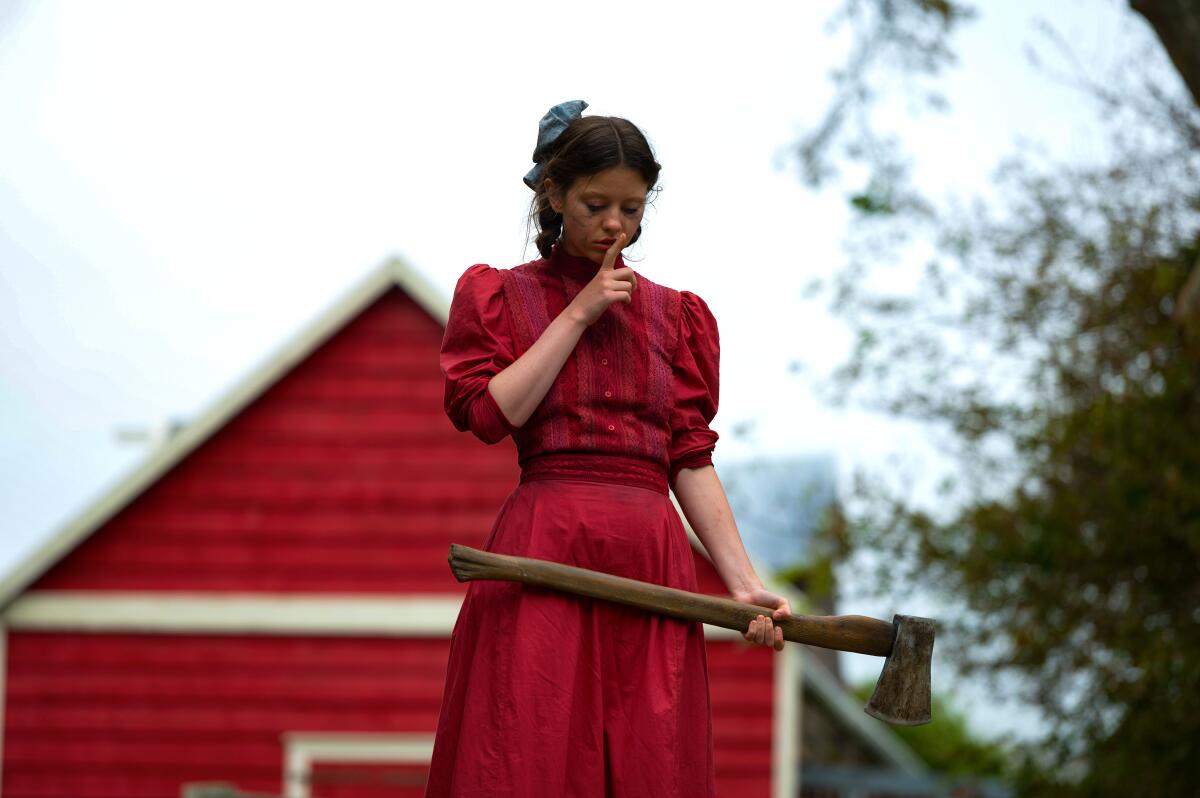
“Horror is the last remaining genre that doesn’t require IP to be successful and doesn’t require big names or big budgets to be successful,” Cargill said. “It circumvents all the problems that Hollywood usually has with making films and getting them in front of audiences. And we just get this moment where horror is dominating and in a way that’s going to open the door for it to be a major force in the community.”
There are multiple explanations for horror’s enduring appeal in theaters. One is that scares are best experienced in a dark room, with minimal distractions and as a group.
The box office success of “Top Gun: Maverick” seems so long ago as Regal and other chains face financial troubles.
“Horror stands out in relief compared to other [genres] as an experience that people crave,” said Abhijay Prakash, president of Blumhouse. “They want to have a communal experience, and the resilience of the genre has just been borne out through performance.”
Another is that horror films allow audience members to identify with characters and think about how they would react in threatening circumstances. One of the movies that helped reopen theaters during the pandemic was “A Quiet Place Part II,” a movie with a conceit that thrived on the experience of having a rapt, silent crowd.
“It allows a more participatory experience for the audience,” said Mike Ireland, co-head of Paramount Motion Picture Group.
Horror also lends itself to marketing ploys that play well on social media, with marketers seizing on iconography from the films.
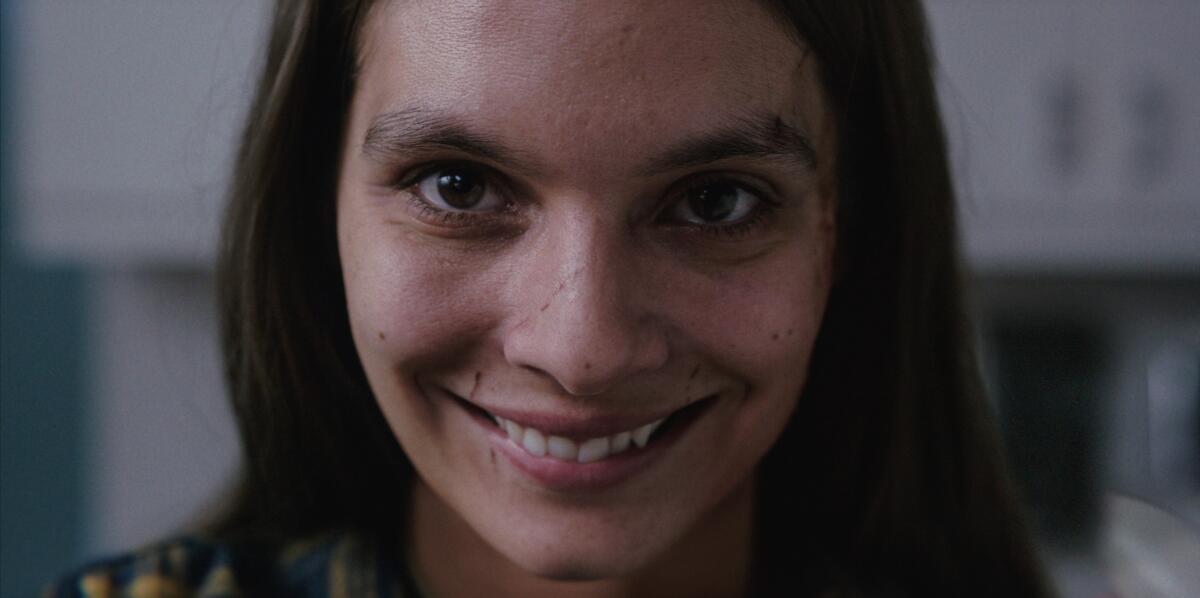
For Paramount’s marketing executives, it was obvious that the signature image in “Smile,” a person grinning menacingly at the camera, should anchor the marketing campaign. To promote the film, they sent actors to baseball games to smile creepily in the stands in hopes of going viral. The first attempt didn’t catch on because it wasn’t clear what was going on. The company adjusted its tactics and sent actors again, this time wearing yellow “Smile” T-shirts.
“It’s great when you have a really well done, fun horror movie, because it just allows you to be creative in the marketing of it,” said Paramount Pictures marketing and distribution president Marc Weinstock.
To risk-averse studios, horror movies are also appealing because they are typically made with small budgets.
That in turn allows filmmakers, particularly up-and-coming writers and directors, to take creative risks. Filmmakers have been more inclined to imbue their movies with metaphors about deep societal and personal issues, while still entertaining moviegoers.
Problems of grief and gaslighting (think of the woman in the haunted house whom nobody in town believes) have always been subtext in scary flicks. The original “Godzilla” was essentially a long metaphor for nuclear peril, and George A. Romero used zombies for social commentary.
In recent years, those monster-as-metaphor themes have increasingly come to the surface in horror films, as exemplified by films Ari Aster’s “Hereditary” and Jennifer Kent’s “The Babadook” and perfected by Peele with “Get Out” and “Us.”
‘Nope’: All the references, Easter eggs and inspirations behind Jordan Peele’s new movie.
“If you want to make a touching film about a woman’s struggle with mental illness, it’s hard to get people into the theater,” Cargill said. “But if that struggle with mental illness takes the form of the Babadook and is trying to convince her to kill her own child, all of a sudden now audiences are like, Oh, I’ll buy a ticket for that.”
Horror has gone through boom-and-bust cycles before. There was the slasher wave of the late ’70s and ’80s, followed by a boom due to the popularity of home video that allowed movies to make back their budgets more easily. But that also resulted in a glut of cheap schlock that sent the genre into a slump until “Scream” brought back slashers in 1996, followed by “The Blair Witch Project” found footage trope and the torture-porn explosion with “Saw” and “Hostel.”
Cargill worries that studios will take the wrong lessons from the current horror renaissance and start simply churning out lousy movies just because they can feature a scary face on the poster, the way “The Black Phone” and “Smile” did.
“My chief concern now is that we don’t allow the studios to go whole hog and destroy this beautiful thing that we’ve got all of a sudden,” Cargill said. “We need to make sure that we keep focusing on entertainment and quality, and that’s the one thing that I think we need to think about when we’re talking about how great a period of time we’re in now.”
More to Read
Inside the business of entertainment
The Wide Shot brings you news, analysis and insights on everything from streaming wars to production — and what it all means for the future.
You may occasionally receive promotional content from the Los Angeles Times.
